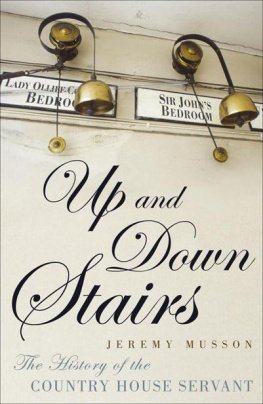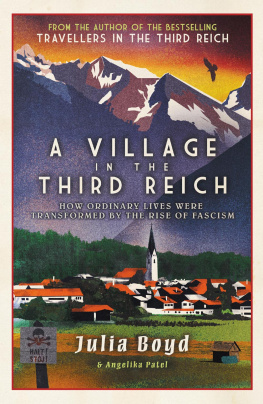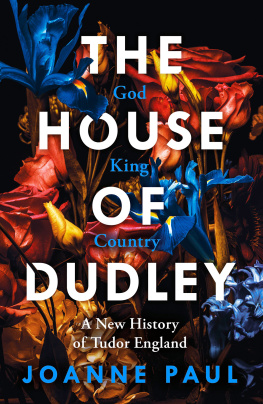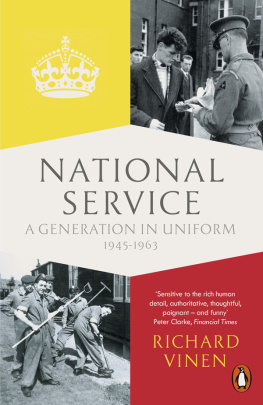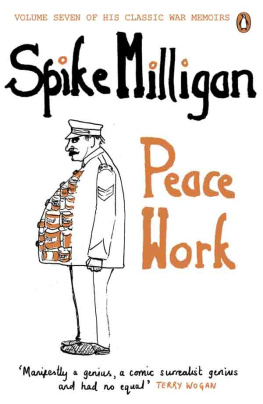Also by Jeremy Musson
The English Manor House
100 Period Details: Plasterwork
How to Read a Country House
The Country Houses of Sir John Vanbrugh
Up and Down Stairs
The History of the Country House Servant
JEREMY MUSSON

www.johnmurray.co.uk
First published in Great Britain in 2009 by John Murray (Publishers)
An Hachette UK company
Jeremy Musson 2009
The right of Jeremy Musson to be identified as the Author of the Work has been asserted by him in accordance with the Copyright, Designs and Patents Act 1988.
All rights reserved. Apart from any use permitted under UK copyright law no part of this publication may be reproduced, stored in a retrieval system, or transmitted, in any form or by any means without the prior written permission of the publisher.
A CIP catalogue record for this title is available from the British Library
Epub ISBN 978-1-84854-387-4
Book ISBN 978-0-7195-9730-5
John Murray (Publishers)
338 Euston Road
London NW1 3BH
www.johnmurray.co.uk
To my amazing mother, Elizabeth (19422009)
Contents
1. The Visible and Glorious Household
From the later Middle Ages to the end of the Sixteenth Century
2. The Beginning of the Back Stairs and the Servants Hall
The Seventeenth Century
3. The Household in the Age of Conspicuous
Consumption
The Eighteenth Century
4. Behind the Green Baize Door
The Eighteenth Century
5. The Apogee
The Nineteenth Century
6. Moving Up or Moving On
The Nineteenth Century
7. In Retreat from a Golden Age
The first half of the Twentieth century
8. Staying On: A Changing World
The later Twentieth Century
Introduction
A SERVANT, ACCORDING to Dr Johnson in his famous Dictionary of 1755, was one who attends another, and acts at his command the correlative of master. It is curious to think that, until the 1950s, the very term was as commonplace as any word relating to housekeeping among the upper and middle classes. Yet by the 1960s and 1970s, the word had virtually disappeared from everyday use.
Johnsons definition is essentially repeated by The Shorter Oxford English Dictionary of 1979 but also gives a second meaning originating from late medieval English One is who is under the obligation to render certain services to, and obey the orders of a person, or body of persons, in return for wages or salary. The word servant thus traditionally encompassed the status of a trades apprentice to his master, and was often extended to other labourers in employment. The term domestic servant seems to have emerged to distinguish it from the increasing significance of the civil servant, someone who worked for the government.
For those who love looking around country houses, the servant should be regarded as an indivisible part of the story. Like great machines, these houses combined public and private functions, as places of residence and hospitality, as well as of political and estate administration. They were built not only for the occupation of a landowning family but also had to accommodate a large body of servants to run it, whose duties included not only providing food, heat and light but the maintenance of precious contents and furnishings that needed constant attention. This book will focus on the domestic servant of the larger country house, rather than of the town house or the middle-class household.
The first chapter begins in the 1400s, and after 1600 each century has a chapter to itself. The two that cover the period up to 1700 are naturally more of an overview, fleshing out those who would have worked in a large landowners household, spelling out those lives and duties which can be deduced from limited available sources. From the seventeenth century, through memoirs and letters such as those of the Verney family, and books by authors such as Hannah Wolley, we start to get a much more vivid sense of connection with the complex life stories and responsibilities of country-house servants.
The chapters on the eighteenth and nineteenth centuries focus closely on the different roles and responsibilities of servants, identified via treatises, wage lists and numerous household regulations, alongside published and unpublished diaries and letters, of both employed and employer. From the twentieth century to the present day, the focus is much more on actual memoirs, including interviews conducted with a sample of current and retired domestic and estate staff, as well as with country-house owners from all over the British Isles. These living memories give us an insight into the way big houses functioned in the past and continue to do so today. These recollections often supply a contact with the interwar years, when the senior servants of the time had received their training in the Edwardian period.
One of the overriding themes is the changing role of the sexes in service. Medieval and Tudor households, for instance, were principally staffed by men even in the kitchens. From the late seventeenth century, however, female staff began to outnumber the males, and the female housekeeper took on key management duties of overseeing the female staff, as the mistress by proxy. Cleaning duties, the kitchen, the laundry and the dairy became largely the preserve of women, which perhaps, despite the intervention of technology, the two former still remain today.
There is also the distinct issue of both the visible and the invisible household. In medieval and Tudor times, establishments were deeply ingrained with ideals of servants being on display and public hospitality, but in the seventeenth century an increasing desire for privacy led to a separation of lower servants from the public spaces occupied by the landowners family. This was achieved by means of architectural divisions and household management. It is at this point that separate staircases for servants and separate servants dining halls come into being and the bells to summon servants begin to appear.
Menservants, especially footmen, were the subject of taxation from 1777 until the 1930s, producing the distinct oddity, found in some country-house archives, of printed licences for dogs, menservants and armorial bearings. But while footmen added a glorious presence in their richly coloured uniforms, known as liveries, and their powdered wigs, their duties were practical too, as bodyguards and attendants on coaches, or as carriers of messages. Their daytime manual duties, such as cleaning silver and fine glass, were overseen by the butler.
The increasing specialisation of domestic service, with certain duties attached to dedicated zones within the house and within the service areas, is a defining feature of the nineteenth and early twentieth centuries, when the management and hospitality of country houses seems to have reached a pitch that was much admired by international visitors. The start of the First World War marked an inevitable decline in numbers of such large household staffs (for economic reasons if no other), and the Second World War was an even more significant watershed.
The apparent evaporation, in the later twentieth century, of the servant-supported, country-house way of life, which had defined the image of the British nation in the previous centuries, is, of course, a subject of fascination in itself. But was it quite so clear cut? Some country houses maintained surprisingly large staffs right up until recent times, at least until the 1960s, and some beyond. The dramatic image of the funeral procession in May 2004 for Andrew Cavendish, the 11th Duke of Devonshire, reminds us that not only are some country houses still well staffed but that they and their owners continue to be served by dedicated and skilled people who take the greatest pride in their roles.
Next page
